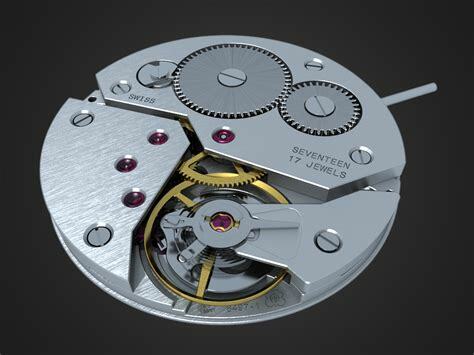
A mechanical watch is a timepiece that uses a complex system of gears and springs to measure the passage of time.
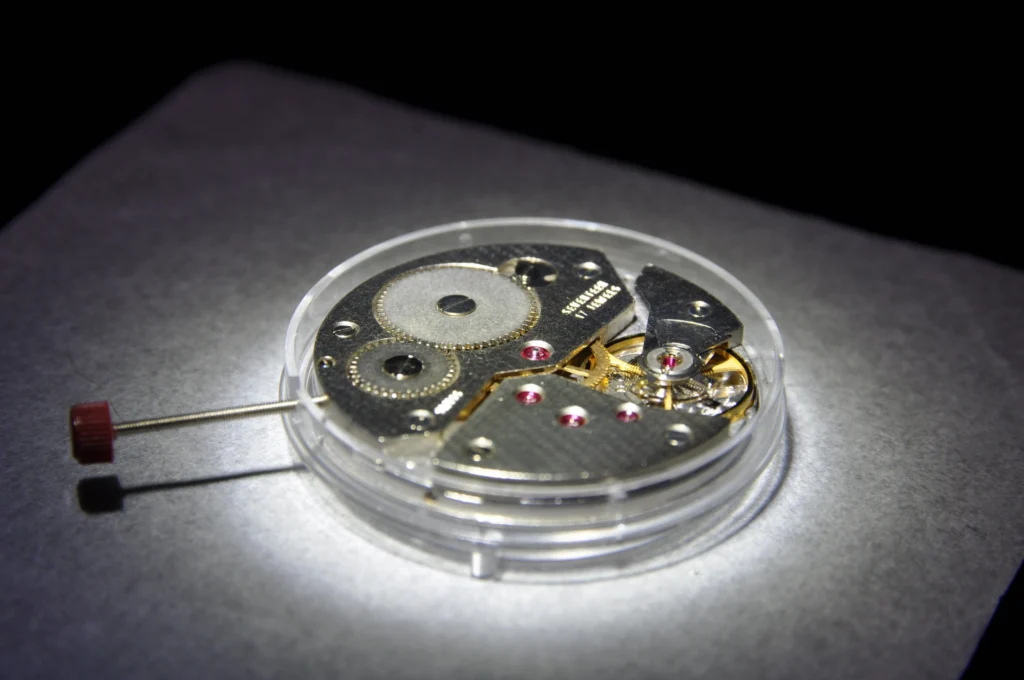
At its heart is a mechanism called the Escapement, which is responsible for regulating the movement of the watch’s gears.
The escapement consists of a balance wheel, a pallet fork, and an escape wheel. The balance wheel is a weighted wheel that swings back and forth, while the pallet fork is a small lever that engages with the escape wheel.
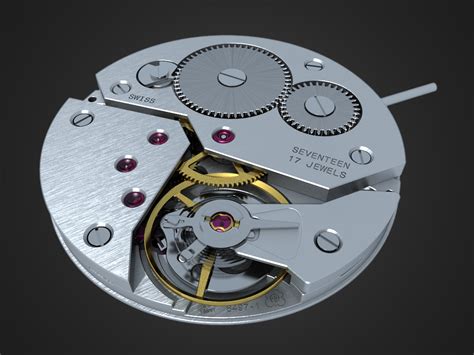
The escape wheel has a set of teeth that the pallet fork catches and releases, causing the balance wheel to oscillate back and forth.
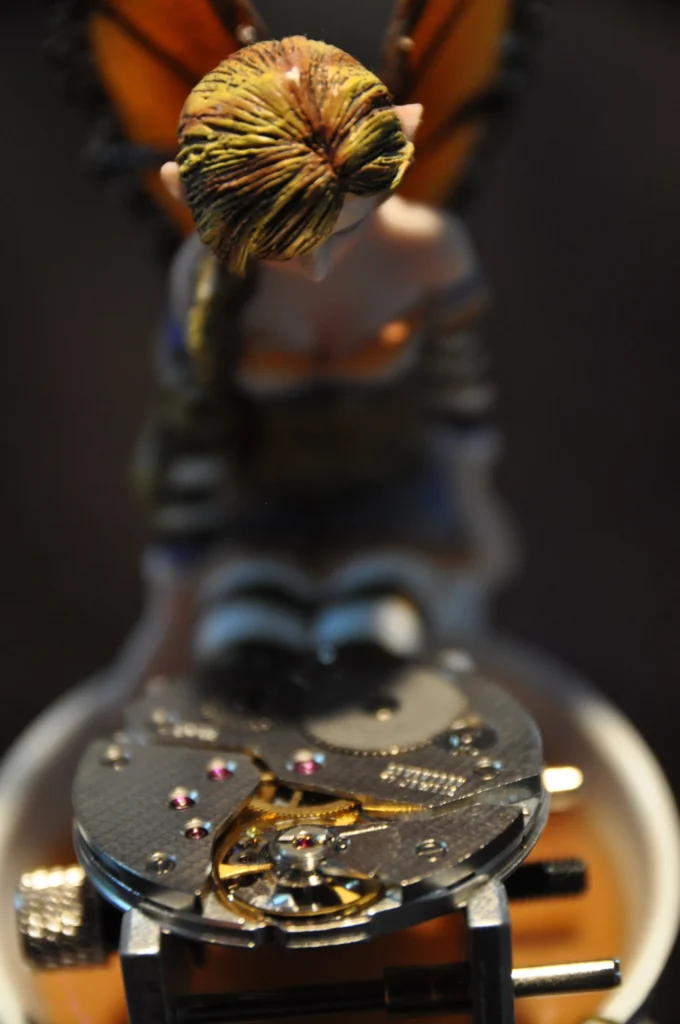
As the balance wheel swings back and forth, it drives the movement of the watch’s hands through a series of gears. The mainspring, which is wound by turning the watch’s crown, provides the energy to drive the gears and power the movement of the watch.
The rate at which the balance wheel swings back and forth is controlled by a hairspring, a tiny coil of metal that is attached to the balance wheel. The length and tension of the hairspring determine the watch’s accuracy and can be adjusted by a skilled watchmaker.
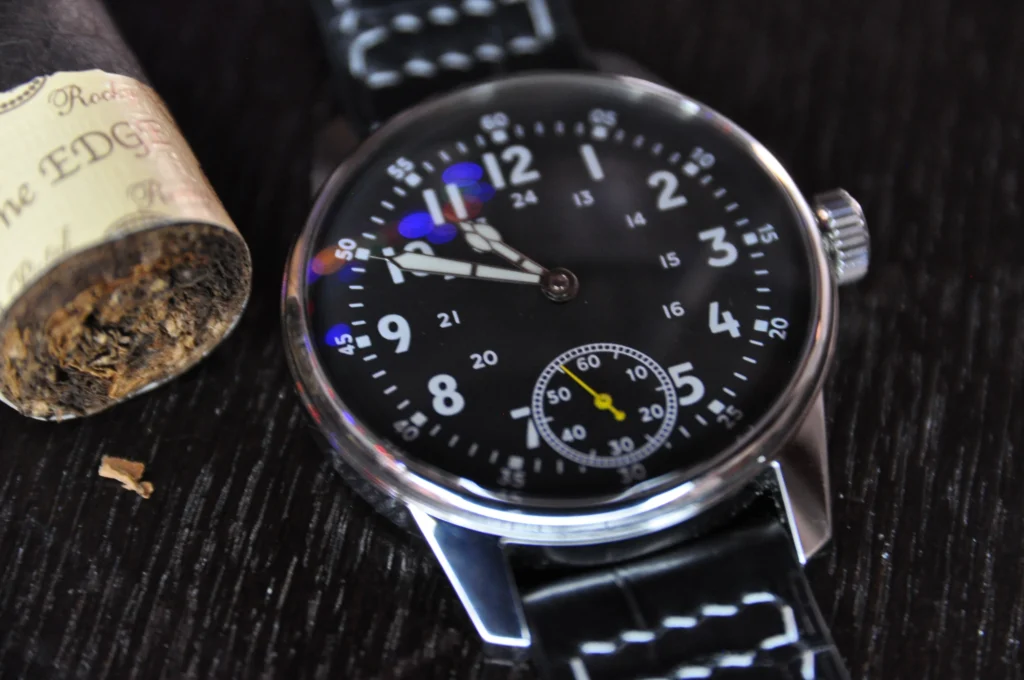
Custom FAE Mechanical Watch – Made in USA
For the pragmatic yet discerning watch owner, FAE offer the “Sapphire” edition of the Field Mechanical Watch which features all possible upgrades.
In summary, a mechanical watch works by using the energy stored in a wound mainspring to power a system of gears and a regulating mechanism known as the escapement, which keeps time by oscillating back and forth at a precise rate.